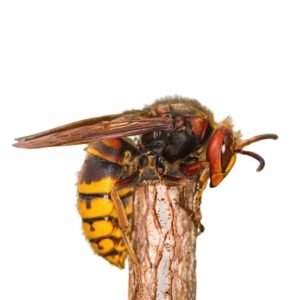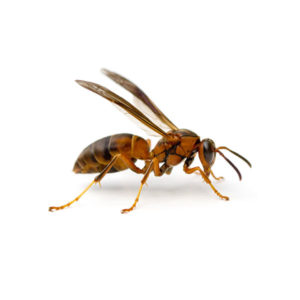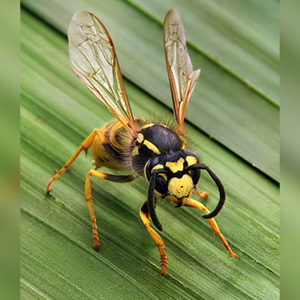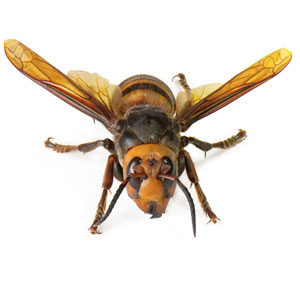Description
| Size | 1/2 in |
| Body Structure | Head, thorax, and winged abdomen. |
| Characteristics | Hornets are social insects, living in colonies. Queens in the colony lay eggs in the spring, building a paper comb around each individual egg. Eventually these larvae hatch into worker hornets, whose purpose is to find food, build the nest, and protect newly-hatched young. A nest may contain upwards of 500-700 workers at any given time. Males in the nest will fertilize new female queens, who then leave the nest that fall to begin new colonies. |
| Habitat & Behavior | Hornets build large paper nests constructed from saliva and wood pulp that often are found hanging from tree limbs, shrubs, or eaves/rafters of buildings. Nests can sometimes grow up to 2 feet in length, depending on the size of the colony. Hornets are extremely aggressive and will attack any intruder that comes near the nest. |
| Commonly Active | Spring / Summer / Fall |
| Prevention & Treatment | As noted, hornets are extremely aggressive and will sting any human or animal that gets too close to the nest. For this reason, a pest control professional should always be consulted if a hornet’s nest is spotted near your home. |




